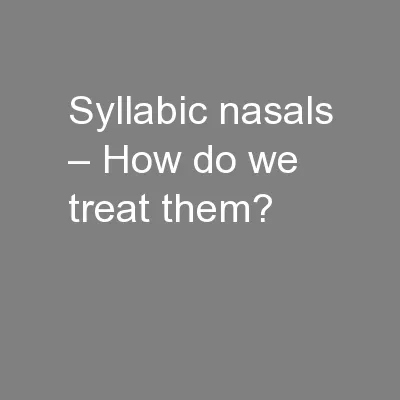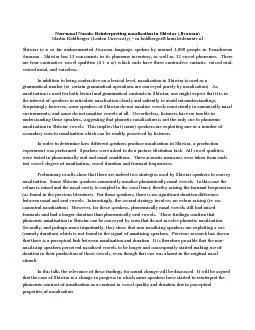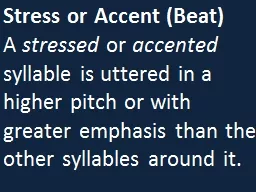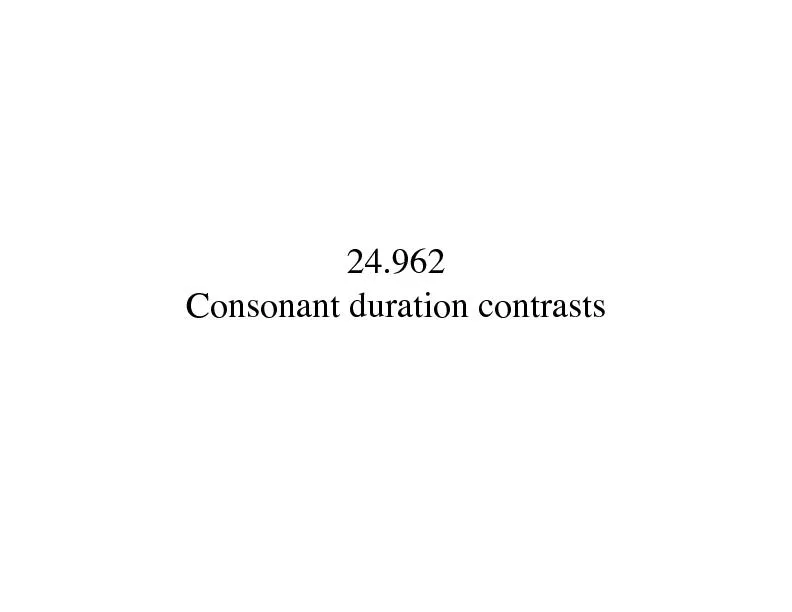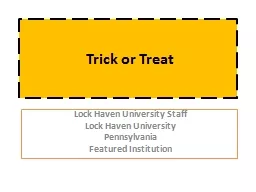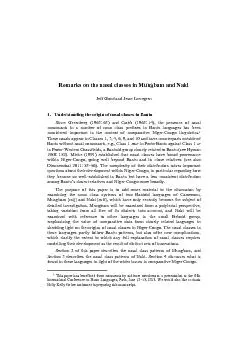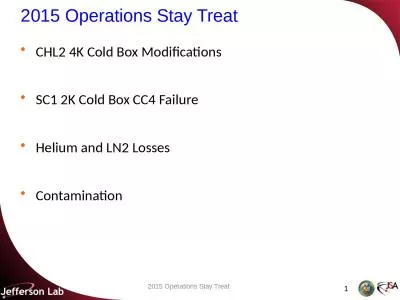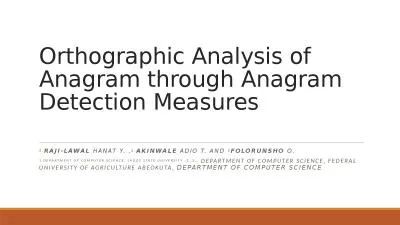PPT-Syllabic nasals – How do we treat them?
Author : jane-oiler | Published Date : 2016-06-05
Caroline Hattee Cleft Net East Study results Therapy ideas Diagnostic implications Aims Retrospective case note review N 9 6 non cleft 2 cleft 1 SMCP Assessed
Presentation Embed Code
Download Presentation
Download Presentation The PPT/PDF document "Syllabic nasals – How do we treat them..." is the property of its rightful owner. Permission is granted to download and print the materials on this website for personal, non-commercial use only, and to display it on your personal computer provided you do not modify the materials and that you retain all copyright notices contained in the materials. By downloading content from our website, you accept the terms of this agreement.
Syllabic nasals – How do we treat them?: Transcript
Download Rules Of Document
"Syllabic nasals – How do we treat them?"The content belongs to its owner. You may download and print it for personal use, without modification, and keep all copyright notices. By downloading, you agree to these terms.
Related Documents

